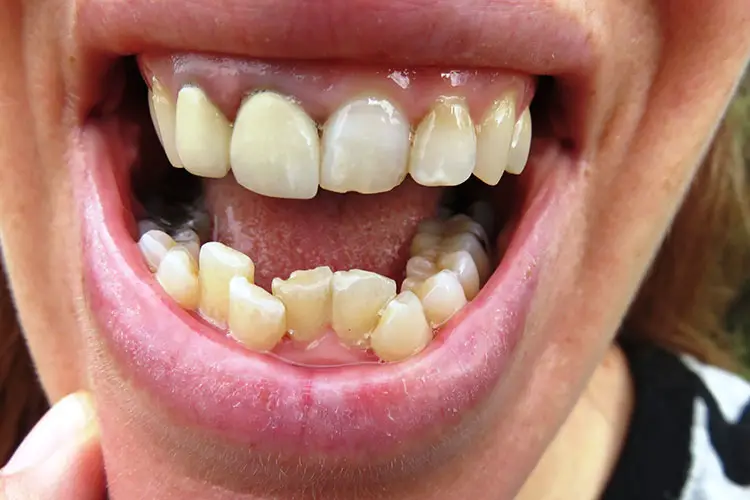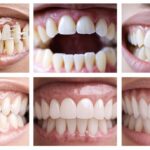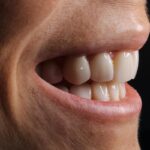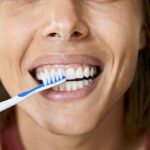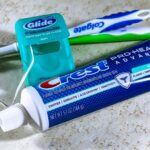Understanding Underbites
Understanding underbites begins with recognizing the two primary types—dental and skeletal—which fundamentally affect how the teeth and jaw align. A dental underbite often occurs when misalignment of the teeth alone is to blame. In this scenario, the teeth fall into a forward position due to the way they’ve grown or been influenced by habits.
On the other hand, a skeletal underbite is caused by a structural issue, often laid down by genetics. In this case, either the lower jaw has overdeveloped or the upper jaw hasn’t developed enough. The entire jaw structure plays a foundational role, shaping how the face forms and functions from birth.
Differentiating these types is crucial for understanding the right approach to treating an underbite. Addressing a dental underbite might involve straightforward orthodontic strategies like braces, focusing solely on regulating the teeth’s position. Conversely, skeletal underbites may require more invasive procedures, including surgery to correct the jaw’s position and align the facial profile for improved function and aesthetics.
By deepening one’s grasp of this dichotomy, healthcare providers can customize treatments that address both cosmetic concerns and functional issues like biting, chewing, and speaking troubles that accompany underbites. A proactive, targeted treatment route offers relief that extends beyond mere appearance, enhancing the patient’s quality of life.
Causes of Underbites
A closer examination of the causes of underbites reveals an interesting interplay between genetic makeup and environmental factors. Genetics commonly serves as a prime suspect behind skeletal underbites. If your family has a history of a particular jawline or facial structure, it might pinpoint a genetic predisposition to underbite conditions.
Environmental factors play a considerable role, particularly in the development of dental underbites. These are greatly influenced by behaviors and habits, especially in younger children whose bones and teeth are still in the formative stages. Prolonged use of pacifiers or bottles beyond the recommended ages can interfere with normal jaw development, potentially pushing teeth outward and molding jaw alignment over time.
Additionally, behaviors such as thumb sucking or tongue thrusting can exert enough pressure over time to cause the teeth to move out of their natural alignment. If these habits persist well past infancy into early childhood when permanent teeth begin to settle in, corrective orthodontic work may become necessary to align and harmonize both the aesthetics and functionality of the teeth and jaw.
While genetics sketch out the potential for underbites, environmental elements have a substantial hand in directing how profoundly these traits manifest and evolve. Screening for underbites at a young age can catalyze early interventions, potentially avoiding more extensive corrections later in life while promoting good oral habits from the start to optimize oral health and well-being. By customizing interventions to address both genetic and environmental factors, specialists can craft strategies that correct current alignments and pave the way for a healthier structural future for younger patients.
Complications Associated with Underbites
The implications of underbites extend beyond mere cosmetic inconveniences, brimming with potential health challenges that can impact fundamental functions. Individuals grappling with dental underbites may find daily activities such as biting and chewing to be cumbersome. Even routine eating can be labor-intensive and uncomfortable, potentially leading to broader nutritional concerns if someone avoids certain foods that they find too difficult to manage.
Misalignment associated with dental underbites may also influence speech. Articulating specific sounds becomes a challenge as the positioning of the teeth can impede the normal movement needed for clear speech. Children, especially, might feel self-conscious about this impediment, which can impact their social interactions and self-esteem.
Skeletal underbites often carry a more pronounced set of complications due to the fundamental discrepancy in jaw alignment. One significant issue is the risk of developing temporomandibular joint (TMJ) disorders, characterized by pain and compromised movement of the jaw joint and surrounding muscles. Symptoms may include:
- Jaw clicking
- Discomfort when chewing
- Persistent headaches
- Lockjaw in severe scenarios
The strained jaw alignment may also exacerbate wear and tear on the teeth. Without proper positioning, teeth might grind against each other abnormally, wearing down the enamel prematurely. This friction promotes tooth decay and may lead to increased sensitivity and pain.
Addressing these complications efficiently is crucial for enhancing one’s smile and mitigating the health challenges they harbor. Effective treatment customized to the individual’s needs can dramatically improve daily interactions like eating and speaking and reduce the risk of chronic pain associated with TMJ disorders. It’s about bolstering quality of life, ensuring each meal, conversation, and smile is as comfortable and carefree as possible.
Treatment Options for Underbites
When initiating interventions for underbites, the distinction between dental and skeletal origins plays a pivotal role in determining the most effective treatment pathway. For dental underbites, orthodontic treatments such as braces are frequently the go-to solution. Braces effectively coerce the teeth back into their rightful positions, leading to a more natural, functional alignment. This method enhances the smile while promoting a healthier bite pattern, mitigating long-term wear and tear on the teeth.
Clear aligners offer a less conspicuous alternative to traditional braces. They work on the same principle of applying continuous pressure to shift teeth to their desired locations, with the added benefit of being virtually invisible. Aligners provide the flexibility of being removable, which translates into better comfort and ease during eating and cleaning.
The correction of skeletal underbites might require more intensive interventions, particularly when the jaw’s growth is disproportionate. Specialized appliances like palatal expanders can be used to widen the upper jaw if it is too narrow compared to the lower jaw. These devices gradually exert pressure on the upper jaw, influencing bone growth and expansion over time, a method most effective in younger patients whose jawbones are still malleable.
In instances where significant skeletal discrepancy exists or if the patient’s bone growth has ceased, orthognathic surgery becomes a viable corrective measure. This surgical approach adjusts the position of the jaws for enhanced functional alignment and aesthetic restoration. Post-surgery, patients typically undergo orthodontic treatment to fine-tune the teeth alignment and ensure long-term stability of the new jaw position.
Temporary anchorage devices (TADs) might be incorporated with other orthodontic appliances to assist in correcting severe underbites. These small, screw-like devices are anchored to the bone temporarily to provide a fixed point from which to apply force to move teeth. TADs are often a reliable adjunct in overriding the limitations of conventional braces or aligners, particularly when substantial bite correction is necessary.
Each treatment mode underscores the necessity of a personalized approach, factoring in the severity of the underbite, whether it is dental or skeletal, and the patient’s growth stage. Understanding these dynamics facilitates a clearer path towards aesthetic enhancement and functional restoration, paving the way to improved oral health and quality of life.
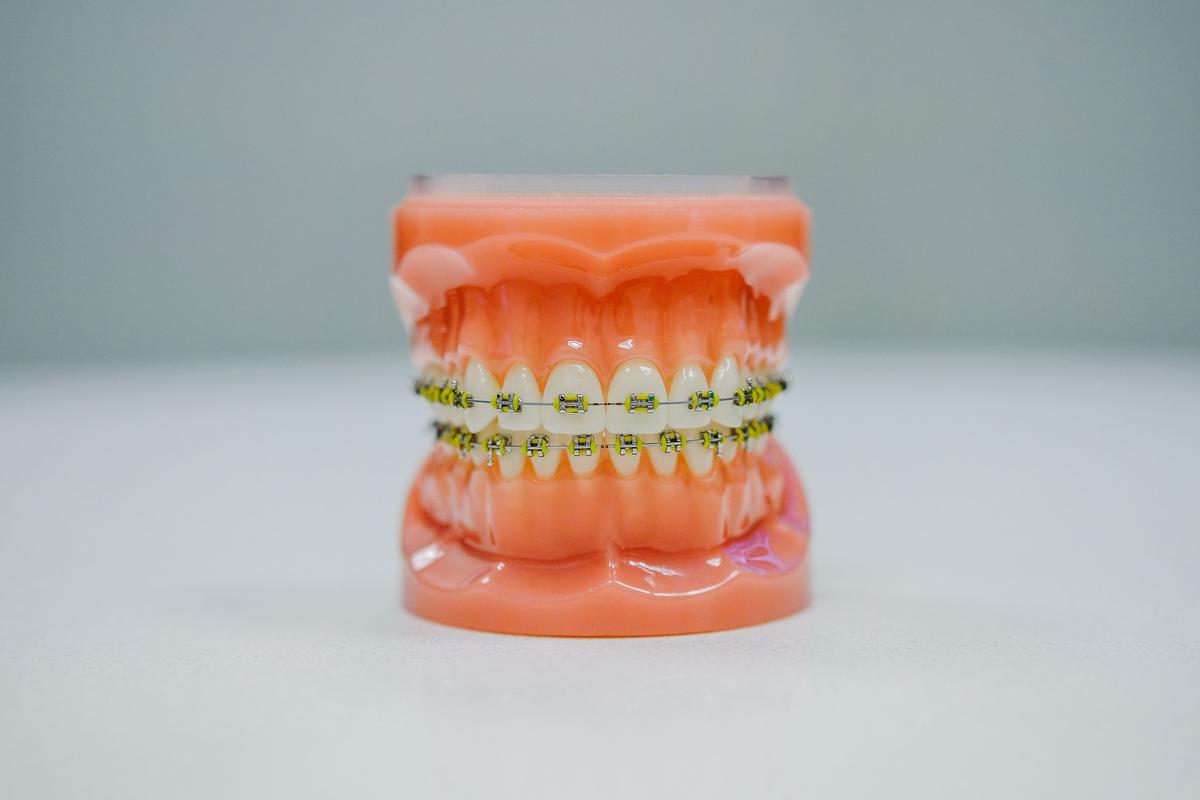
Photo by neonbrand on Unsplash
Impact of Early Diagnosis
Early detection and intervention in cases of underbites hold the key to more effective and less invasive treatment options. Spotting an underbite early on in a patient’s developmental stage can transform the trajectory of their treatment, minimally impacting their life while profoundly correcting the condition.
A timely orthodontic assessment, ideally during a child’s growth spurt, can make a monumental difference. In these formative years, the bones and tissues of the jaw are very active and responsive to corrective guidance. For instance, palatal expanders, which might be prescribed to correct skeletal underbites, yield significantly better results when applied during a child’s peak growth phases. Implemented early, they gently influence the growth direction and relationship of the jaw bones more effectively and with less discomfort compared to initiating this type of intervention later when the bones have settled into their mature forms.1
Early intervention strategies help prevent complications associated with underbites like uneven wear of teeth, increased risk of gum disease, and TMJ dysfunction. Without timely treatment, as an individual ages, the symptoms related to underbites can evolve from mere discomfort to acute pain and severe malocclusions that demand more aggressive forms of correction such as surgery.
Catching an underbite early can also positively impact emotional and psychosocial well-being. Young individuals wrestling with dental disorders may face social challenges or sustain low self-esteem stemming from aesthetic concerns. Early corrective treatment can ameliorate these psychosocial stressors by improving oral appearance and nurturing a growing child’s confidence.
Children are especially malleable in bone structure and quickly adaptable, generally recovering and acclimating faster than adults undergoing similar treatments. This resilience hastens their treatment recovery periods and reduces the psychological burden treatment may produce.
Parents and guardians play a pivotal role in observing any signs of misalignment in their child’s dental growth and seeking an expert dental consultation if concerns arise. Common indicators could be witnessing the child struggling with biting or chewing food or direct visual misalignment when the jaws close.
Through the lens of early detection and intervention, orthodontics can offer more than just corrective measures. It sees, comprehends, and anticipates the broader stretches of an individual’s development, laying healthier bite patterns that usher in aligned teeth and corrected jaws while sparking brighter smiles unshadowed by forthcoming orthodontic complexities. Each evaluation can potentially deflect an array of advanced dental challenges, anchoring less invasive measures fortified by efficacy—a proactive embrace threading both timely relief and promising, enduring oral health.
In conclusion, the distinction between dental and skeletal underbites is pivotal in crafting effective treatment plans. By addressing these conditions with customized interventions, we enhance smiles and significantly improve daily functions and overall well-being, reflecting the profound impact of specialized orthodontic care.


